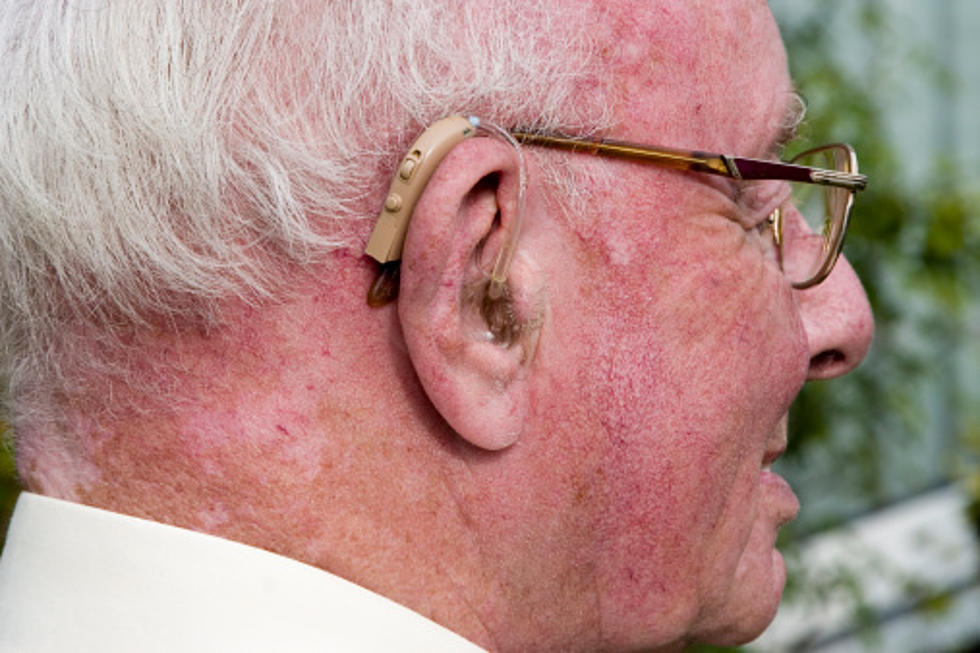
University of Montana Research Unveils New Player in Lichen Symbiosis
MISSOULA – Dating back nearly 150 years, a classic example of symbiosis has been the lichen: a mutually helpful relationship between an alga and a fungus.
Now, that well-known dualistic relationship is being challenged. Researchers at the University of Montana, working together with colleagues from Austria, Sweden and Purdue University, have found that some of the world’s most common lichen species actually are composed of three partners – not the widely recognized two.
Their work, led by UM postdoctoral researcher Toby Spribille, will be published as the cover article in the July 29th issue of the journal Science. By using recent advances in genomic sequencing, the research team showed that many lichens contain not only the expected alga (the photosynthesizing partner) and fungus, but also a previously unknown second fungus that had never before been detected.
The researchers next began to suspect that this result was not an isolated phenomenon.









